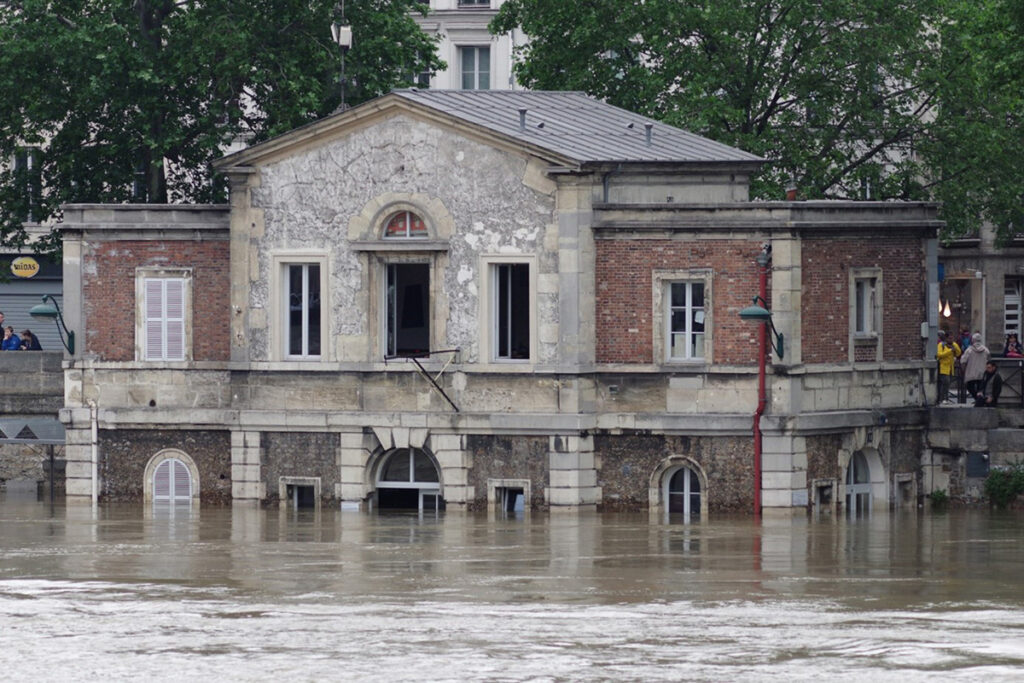Riverbanks and Seashore Areas
RIVERBANKS AND
WATER AS NATURAL
RESOURCE

Image source: whowhatwhy.org
Introduction
River flooding is the costliest natural disaster in Europe. Global warming and continued development in flood prone areas will progressively increase river flood risk. Direct damages from flooding could become six times present losses by the end of the century in case of no climate mitigation and adaptation. Keeping global warming well below 2°C would halve these impacts. Adequate adaptation strategies can further substantially reduce future flood impacts.
Description
Around one third of the EU population lives within 50 km of the coast. Extreme sea levels in Europe could rise by as much as one meter or more by the end of this century. Without mitigation and adaptation measures, annual damages from coastal flooding in the European Union could increase sharply from 1.4 € billion nowadays to almost 240 € billion by 2100. Around 95% of these impacts could be avoided through moderate mitigation and by raising dykes where human settlements and economically important areas exist along the coastline.
Around 100 000 people in the EU are exposed to coastal flooding every year. Restoring natural wetlands and floodplains to retain excess water also improves the state of water and ecosystems.

